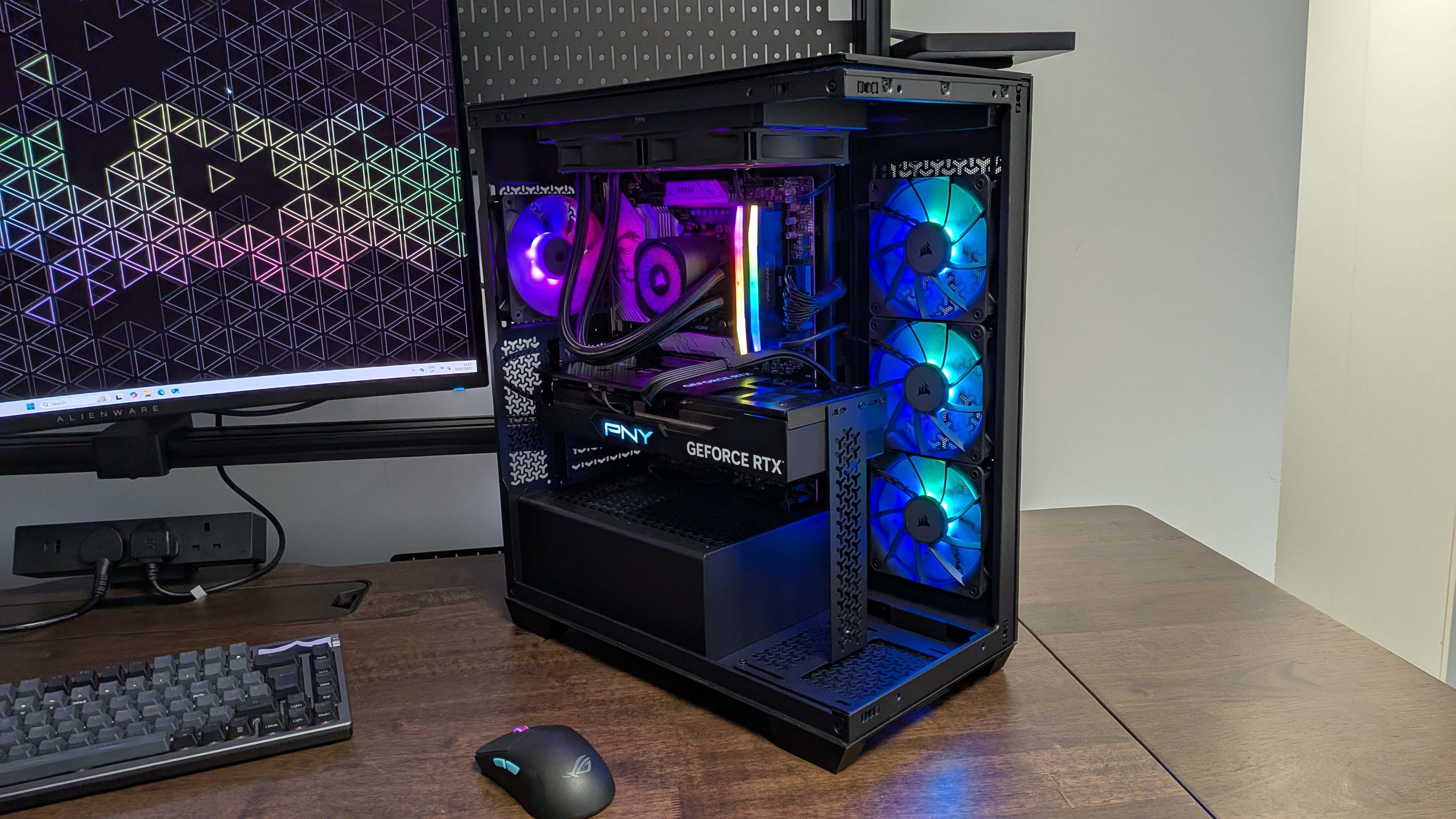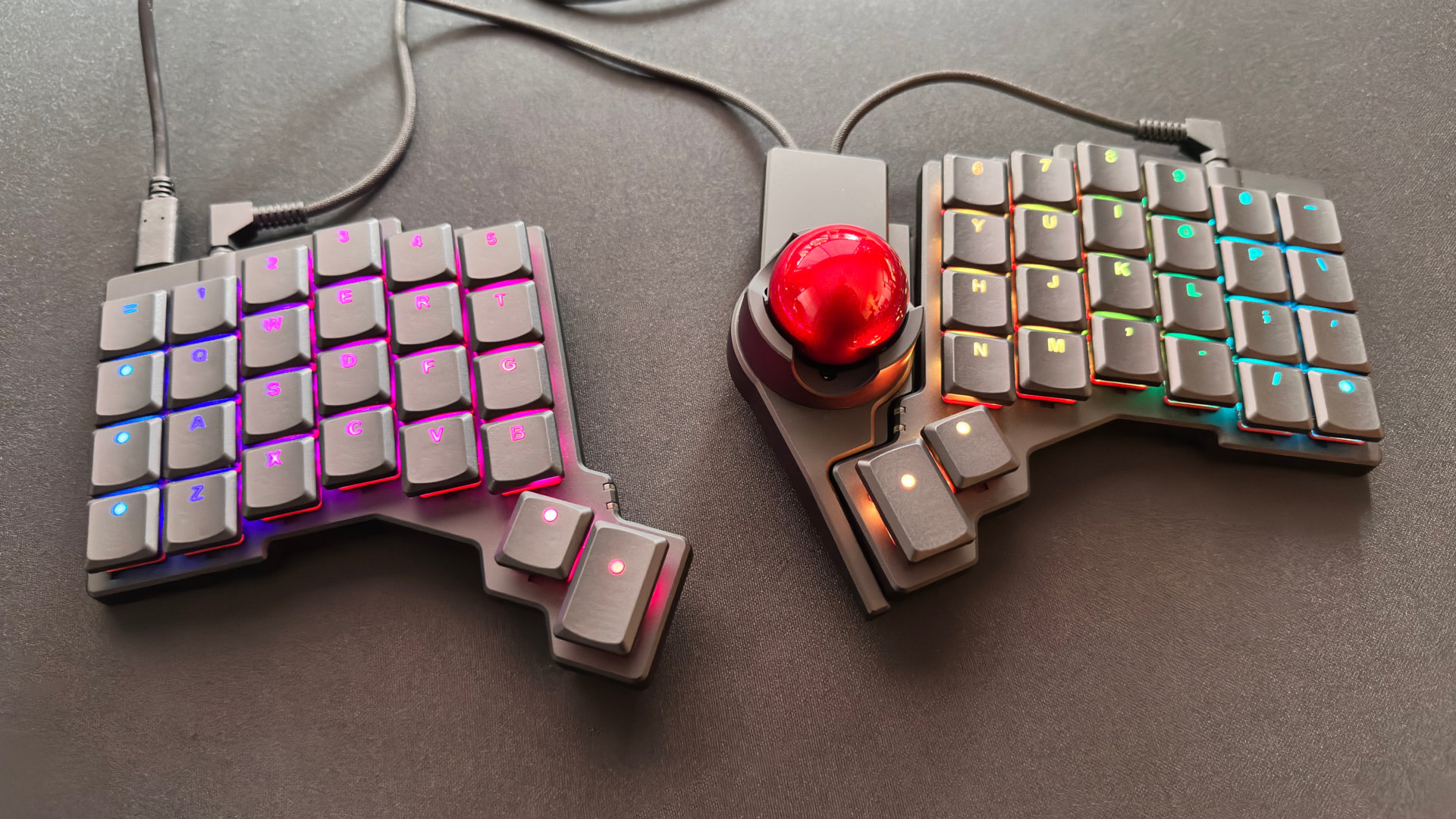Our Verdict
While not necessarily taking advantage of the top-end of Corsair's components, this is still the premium CPU/GPU combo for a modern high-end gaming PC in 2025. At least one that isn't going to break the $5,000 mark, anyway.
For
- Beautifully built
- Ideal CPU/GPU spec
- Well-priced
- Runs cool and quiet
Against
- 2 year warranty isn't stellar
- Not peak Corsair parts
PC Gamer's got your back
The slick fishtank system before you is the supremely effective sweet spot for a modern, high-end gaming PC. This Corsair Vengeance gaming PC isn't packing in the absolute best hardware available right now, but it is rocking a CPU/GPU pairing that absolutely delivers on a bang-for-buck level.
After all, not everyone can afford to spend $5,000+ on something like the Alienware Area-51, or another Vengeance rig sporting an RTX 5090 at its heart.
This is AMD's Ryzen 7 9800X3D working hand-in-glove with Nvidia's RTX 5080 to bring us a Corsair gaming PC that can rip through gaming workloads without breaking a sweat. Though, at over three grand, it might still break your wallet. Right now, however, the RTX 5080 version is sitting at the same price as the RTX 5070 Ti Vengeance config, so there is a notional value proposition here.
The Corsair Vengeance a7500 bears more than a striking resemblance to the Origin Neuron PC I recently reviewed. Both use the same Corsair 3500X fishtank chassis, and both come rocking Corsair liquid chip chillers, myriad Corsair fans, and 32 GB of Corsair memory. Essentially, with the acquisition of Origin, they are both Corsair PCs.
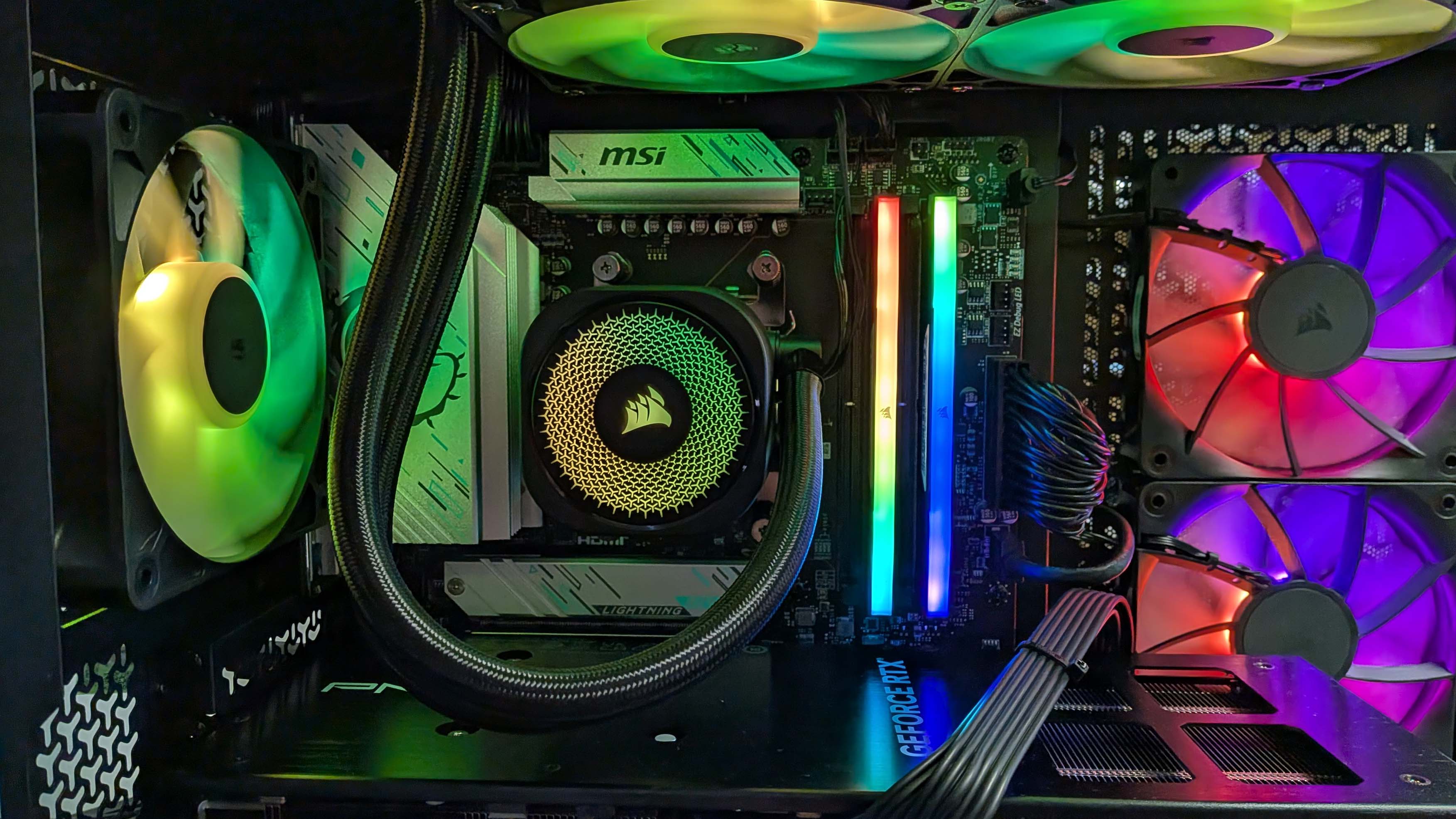
CPU: AMD Ryzen 7 9800X3D
Motherboard: MSI X670E Gaming
RAM: 32 GB (2x 16 GB) Corsair Vengeance DDR5-6000
Cooling: Corsair Nautilus 360 RS ARGB
GPU: Nvidia RTX 5080
SSD: 2 TB Corsair MP600 Core XT
PSU: Corsair RM850e
Warranty: 2 years
Price: $3,000
While this plucked off the shelf setup is not really working to the advantage of Origin—with its more boutique builder… er… origins—you'd hope its own brand PCs would be able to benefit from Corsair's wide range of kit to a greater extent. Except that this Vengeance machine kinda isn't. The Nautilus cooler is one of Corsair's budget AIOs, the RS120 fans are some of its more affordable options, and the Vengeance memory (while making sense for the PC brand itself) isn't the top spec RAM Corsairs offers either.
And when its boutique builder brand is offering a similar Neuron build with some of the higher-tier components that's maybe a bit of a shame. But, in reality, you're not going to feel like you've got anything other than a premium gaming PC on your desktop when you pull this system from its packaging. The build quality is excellent, and it feels like a truly well-built and smartly specced rig.
Though there is one thing that I can't help but query given that this is a full Corsair gaming PC, built by Corsair itself: Where's iCUE?
Keep up to date with the most important stories and the best deals, as picked by the PC Gamer team.
It's not often I'll be clamouring for bloatware to fill my gaming PC, but I will say it's a surprise to see Corsair's own tool for controlling its coolers, fans, and lighting not coming pre-installed and pre-configured out of the box. You can do all that yourself, and it's a simple, quick download, but it's not always the most intuitive pieces of software, and I'd take the builder getting it running the cooling in the most optimum of manner out of the factory.

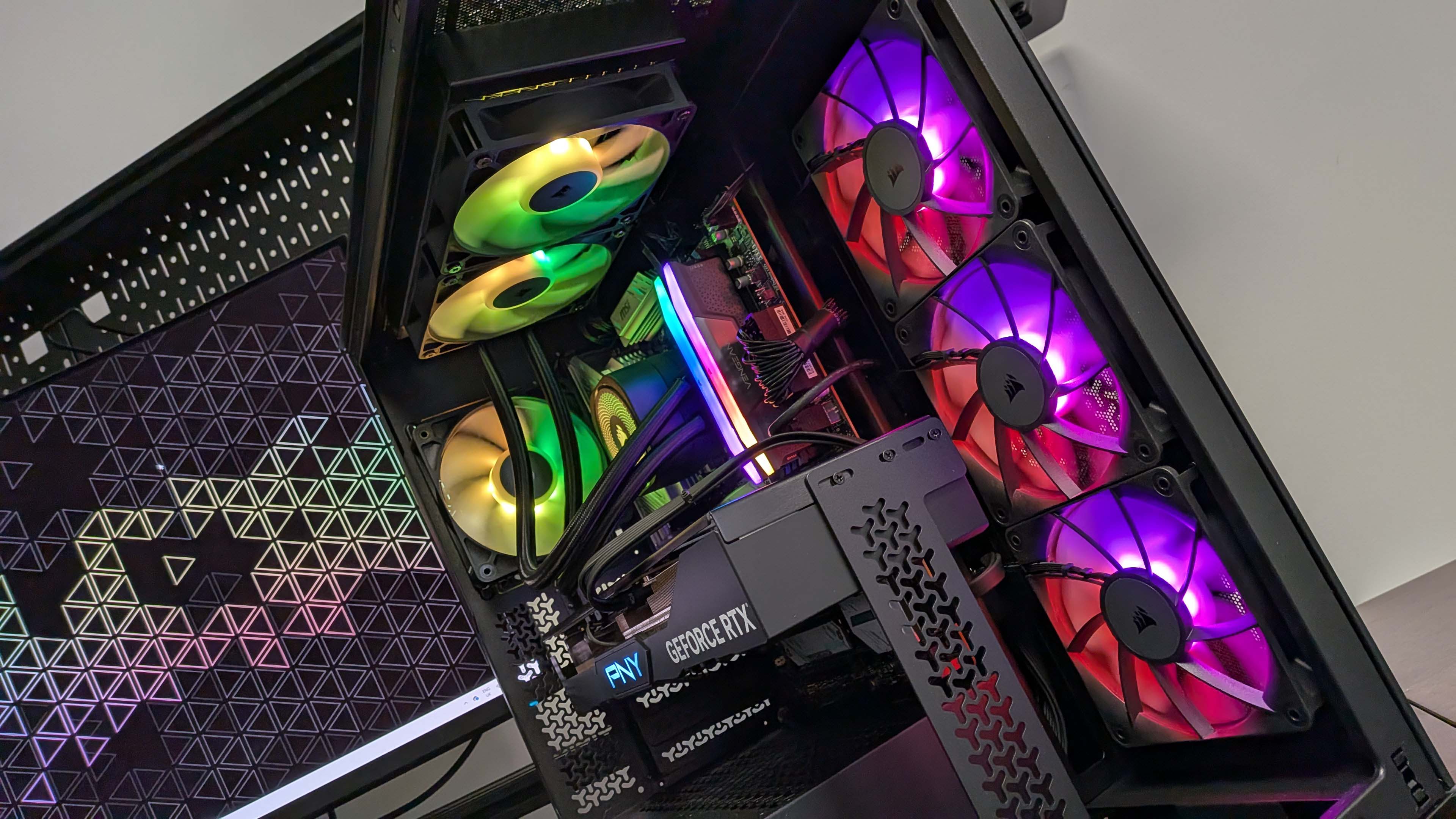
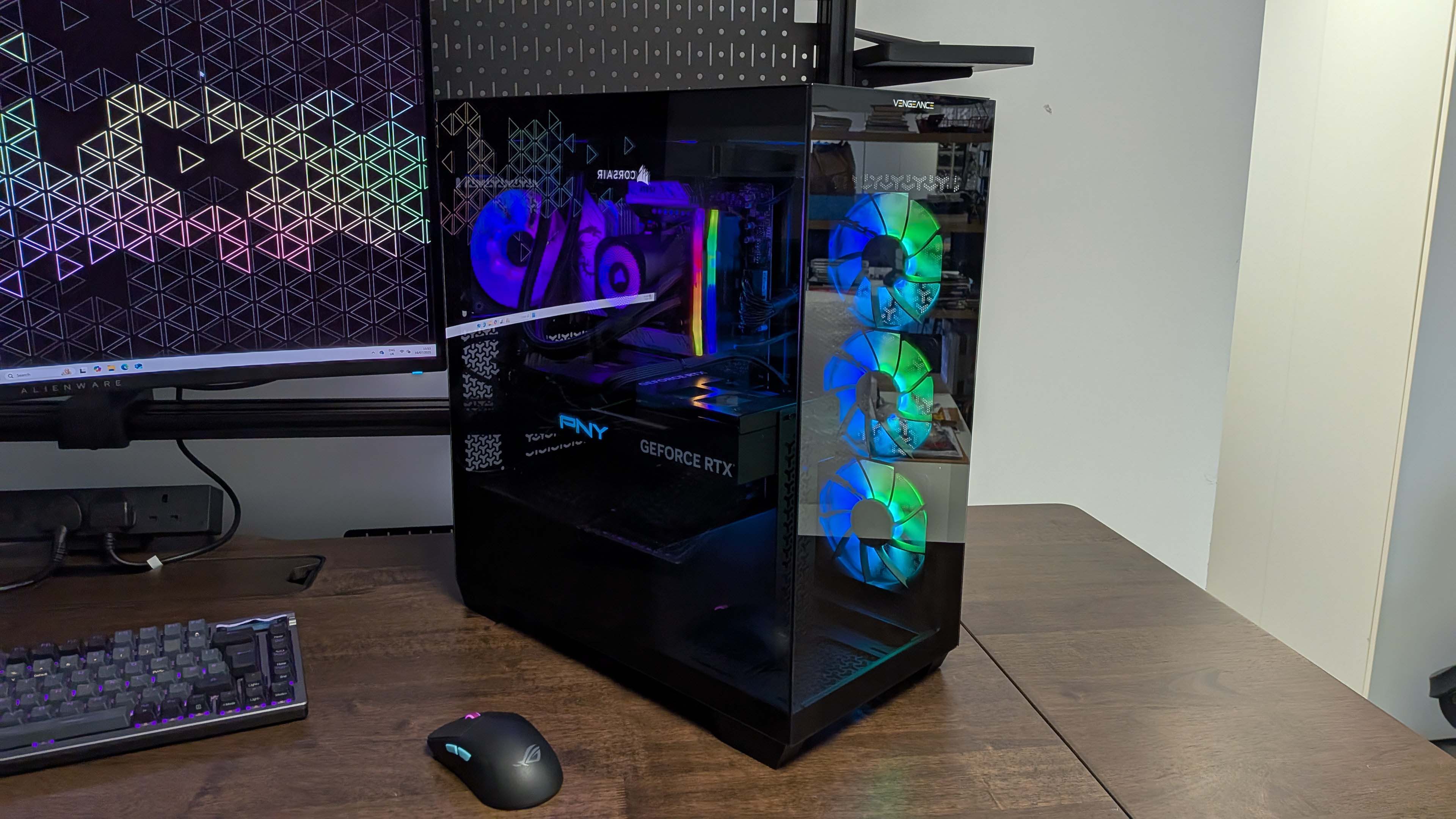

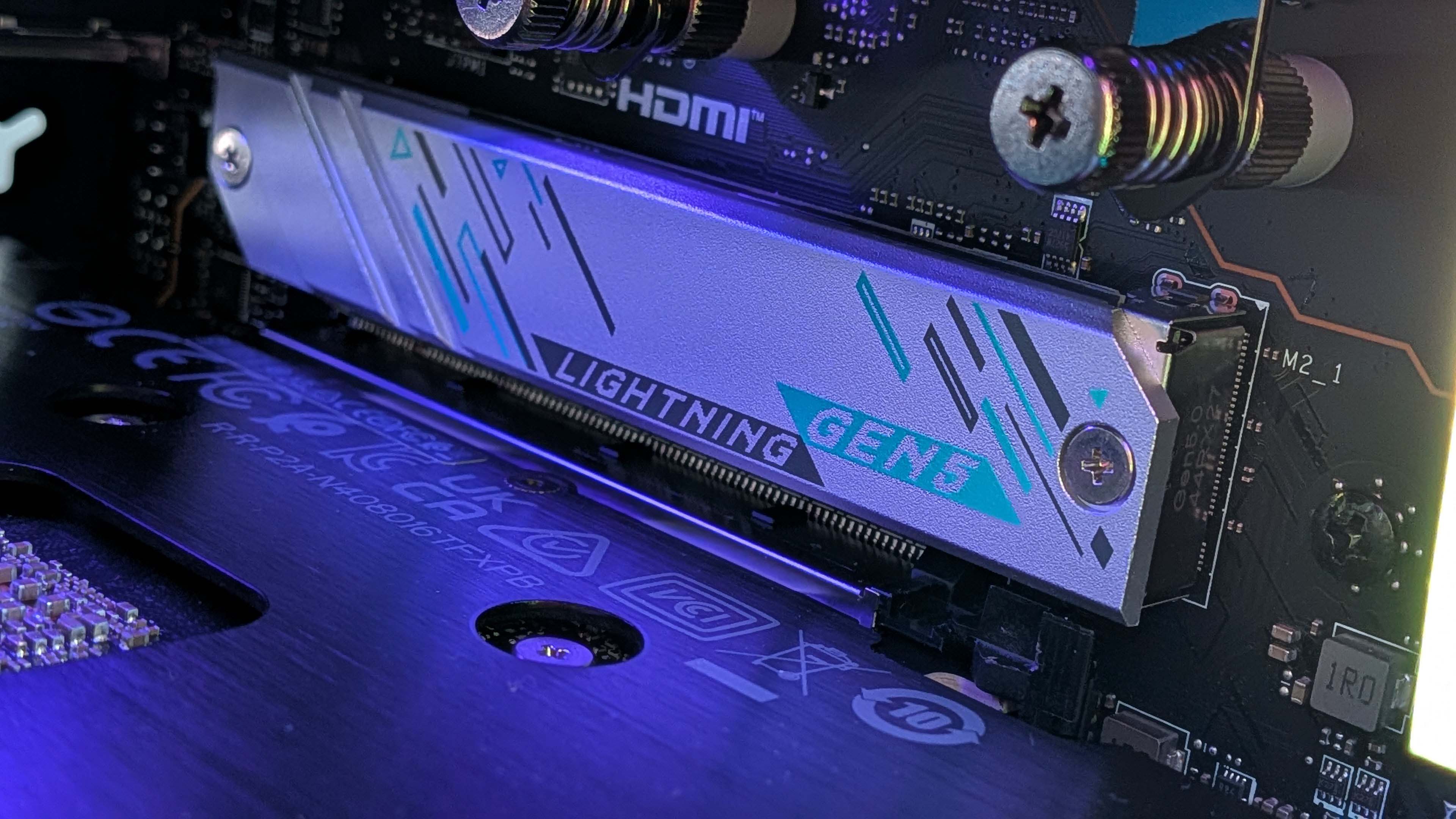

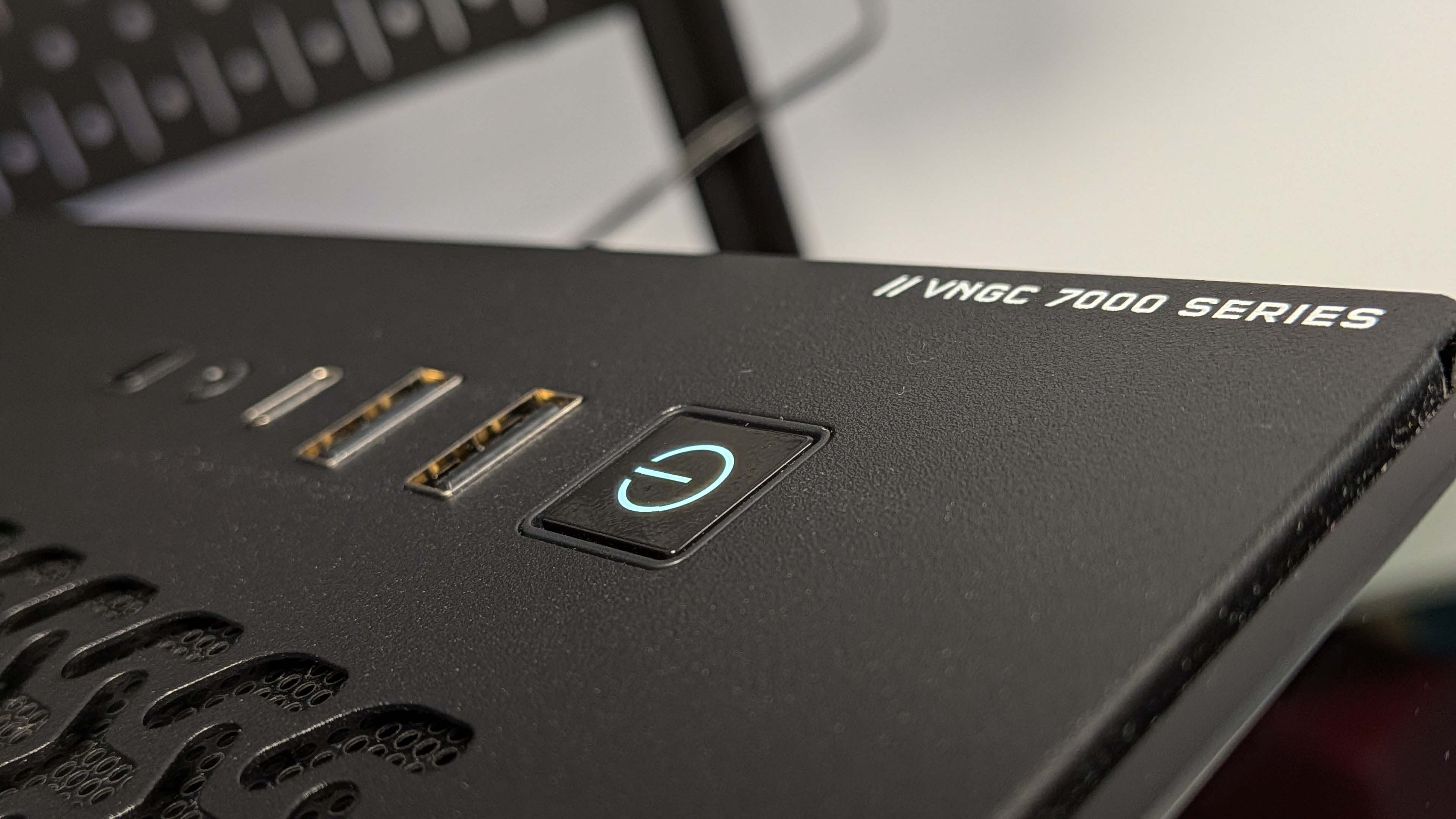
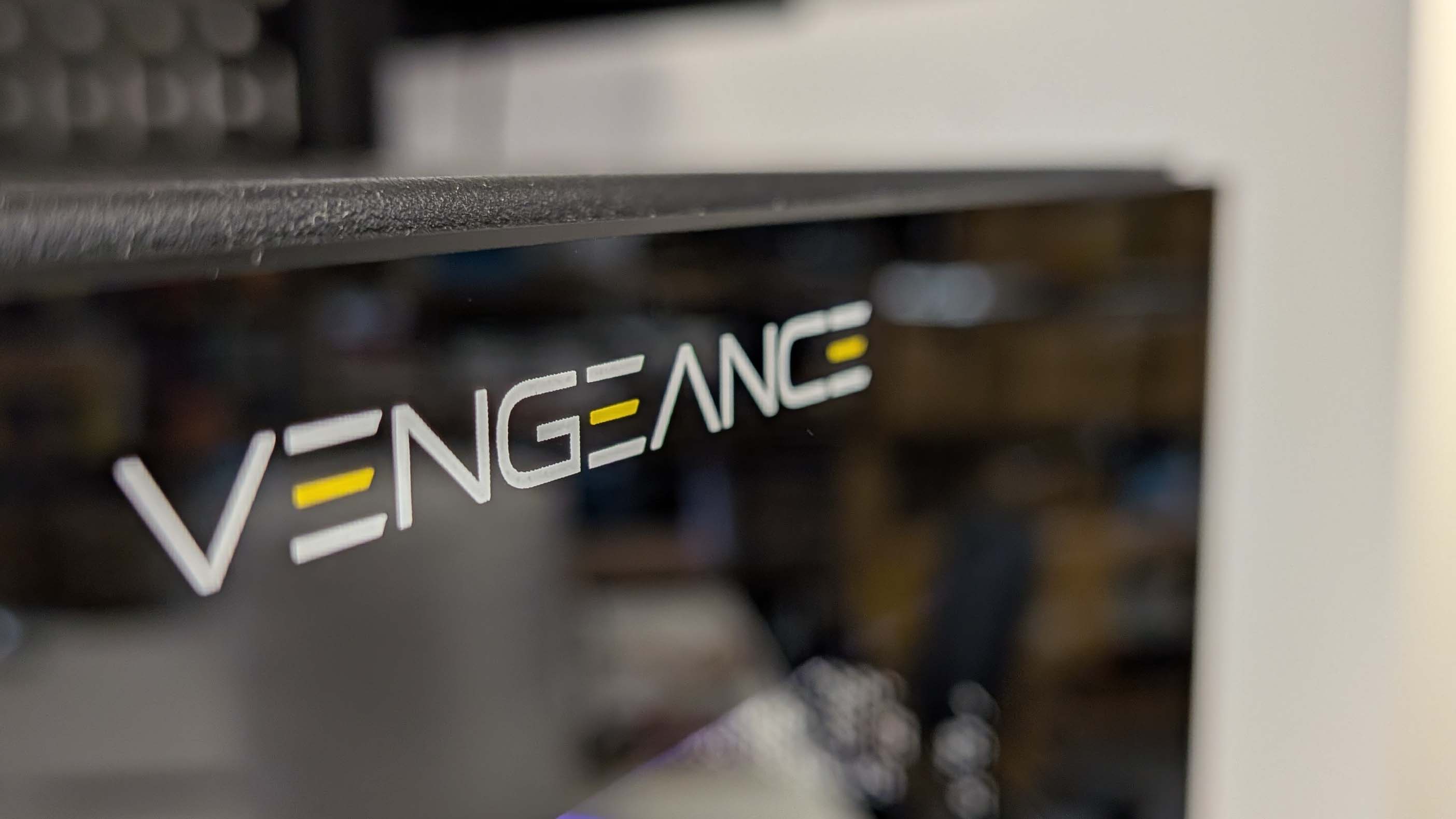
But, as I say, having zero bloatware isn't a bad thing—especially for an experienced PC bod setting up their new rig from scratch—it's just maybe a little odd given the provenance of the system and all the associated tech inside it.
Not that it affects its gaming performance, or changes the fact that even out of the box this is an impressively demure gaming PC. Well, apart from the fact the RGB LEDs are on a default Nyan Cat setting of the rainbow variety. It's quiet, is what I really mean. Even when gaming at full pelt—and the RTX 5080 GPU at its heart is very capable of that when paired up with AMD's mighty 9800X3D—the system as a whole still remains pleasingly understated.
Compared with an RTX 4080 Super system, it's worth saying that this machine is considerably cooler running on average. There is certainly a level of efficiency that the new RTX 50-series chips do bring to the table.
Though I will say, it's interesting again to note just how close the RTX 5080 is to the older RTX 4080 Super in gaming terms. Looking at the similarly priced Starforge Voyager we reviewed with that last-gen Nvidia GPU inside of it, the performance is not a million miles off when set alongside the same CPU. The new RTX Blackwell GPU is quicker, however, and that's only more brightly highlighted by the glow of DLSS 4 and its associated features, such as Multi Frame Generation.
You're still a fair way behind the RTX 5090-toting Alienware for most of the benchmarks in our suite, bar Baldur's Gate 3 (it does love a 3D V-Cache chip), but then you're also paying considerably less than you would with the monstrous Nvidia GPU on the parts list.
When you can nail 85 fps at native in Cyberpunk 2077 with the RT Ultra setting in 1440p, you know you're doing alright. Especially when you can knock on the door of 200 fps on average when you enable 2x Frame Generation. Triple figure frame rates at the 1440p resolution is absolutely achievable, and you will also get supremely playable 4K frame rates, too.
Especially if you're willing to give those 4x Multi Frame Generation settings a whirl. And, given the fact there's a decent level of native performance from Nvidia's second-tier RTX 50-series GPU, you really should.
✅ You're after a high-end gaming PC: This GeForce/Ryzen combo is the sweet spot for gaming performance without breaching the $5K mark for a build.
✅ You want something that just works out of the box: The Vengeance build is clean, doesn't come with any bloatware (not even iCUE), and just ready and waiting for your games.
❌ You're a professional who also games: Gaming is the primary goal for this machine, and while the 9800X3D is ideal for that, it's definitely not the best chip for productivity applications.
It has to be said, however, that if you're looking for an all-rounder of a PC, the Ryzen 7 9800X3D does hold this Vengeance PC back from being a consummate professional. The pro stuff, such as 3D rendering or AI manipulation, isn't going to find itself a natural fit with the AMD chip.
The build I have pairs an X670E board with the 9800X3D, while if you bought one today it would come with an X870, though I don't think that would make any difference in terms of CPU performance really. And the MSI X670E here is packed with USB ports on the back and front panel, and makes for a fantastic system for anyone, like me, who fills up their Type-A and Type-C ports.
I'm maybe being a little harsh on an eight-core, 16-thread CPU, but if you're really looking for a mix of high core and cache counts, then either the 12-core or 16-core 3D V-Cache chips will be more your bag.
But that, again, will have you looking at escalating pricing, and if your day-to-day is more about Clair Obscur than obscure 3D rendering, then you don't need to pay more. This is unarguably the best high-end CPU/GPU combo for any PC gamer that is happy to pay the big bucks for a pre-built rig, but not crazy enough to think that $5,000 is in any way justifiable for a system.
And Corsair again proves that its Vengeance line of PCs, while not necessarily making the most out of its connections, is still able to deliver a beautifully built, well-specced, and well-priced high-end gaming machine.
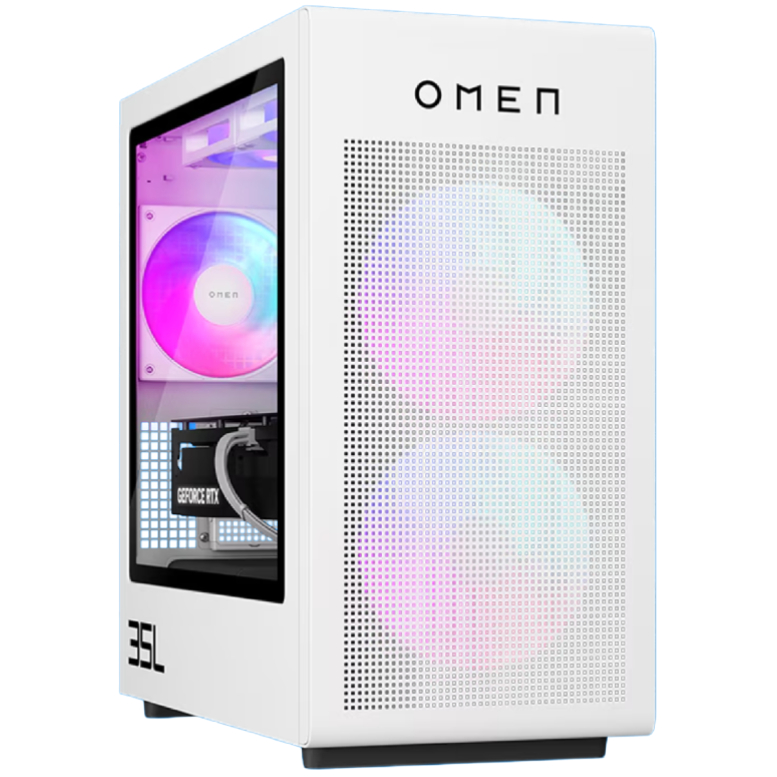
1. Best overall:
HP Omen 35L
2. Best budget:
Lenovo Legion Tower 5i
3. Best compact:
Velocity Micro Raptor ES40
4. Alienware:
Alienware Aurora
5. Best mini PC:
Minisforum AtomMan G7 PT
While not necessarily taking advantage of the top-end of Corsair's components, this is still the premium CPU/GPU combo for a modern high-end gaming PC in 2025. At least one that isn't going to break the $5,000 mark, anyway.

Dave has been gaming since the days of Zaxxon and Lady Bug on the Colecovision, and code books for the Commodore Vic 20 (Death Race 2000!). He built his first gaming PC at the tender age of 16, and finally finished bug-fixing the Cyrix-based system around a year later. When he dropped it out of the window. He first started writing for Official PlayStation Magazine and Xbox World many decades ago, then moved onto PC Format full-time, then PC Gamer, TechRadar, and T3 among others. Now he's back, writing about the nightmarish graphics card market, CPUs with more cores than sense, gaming laptops hotter than the sun, and SSDs more capacious than a Cybertruck.
You must confirm your public display name before commenting
Please logout and then login again, you will then be prompted to enter your display name.
